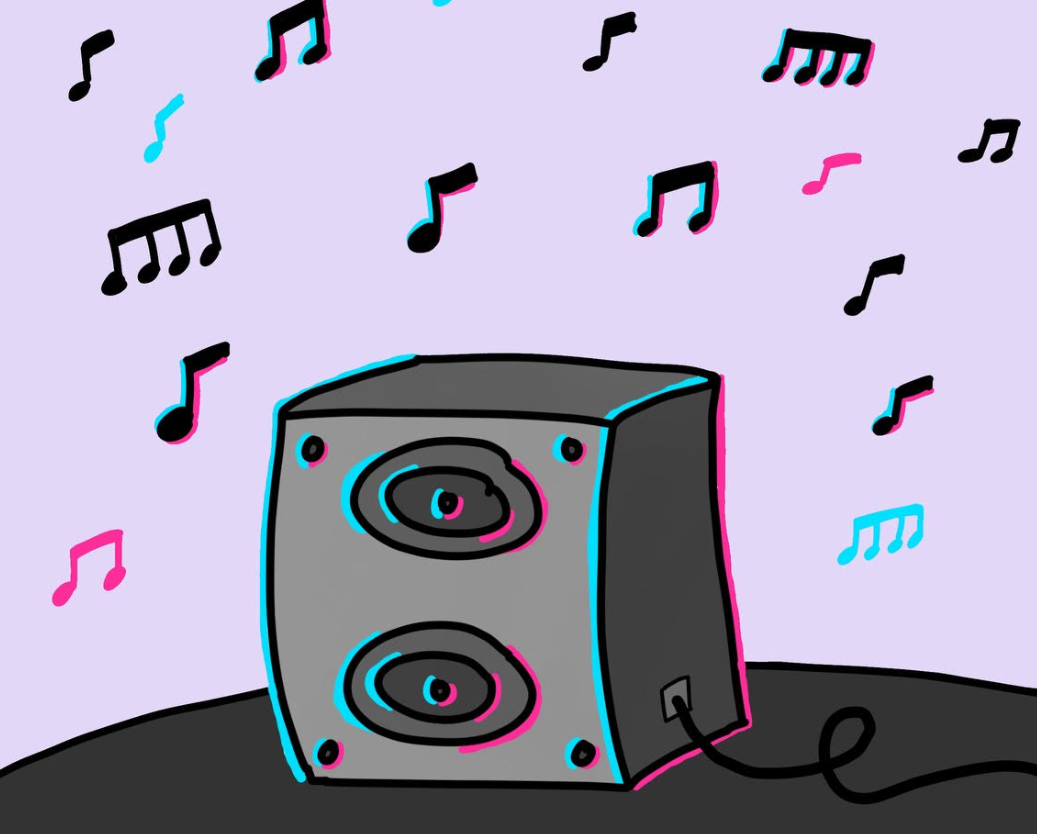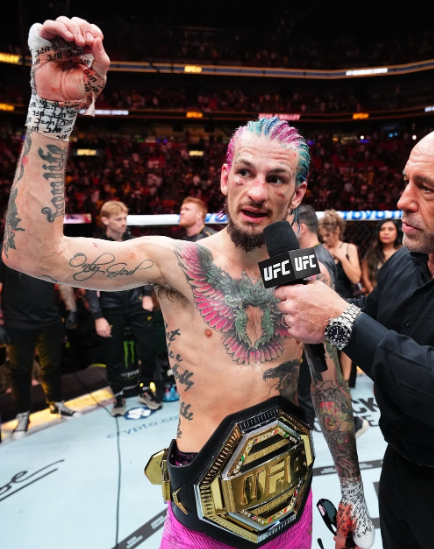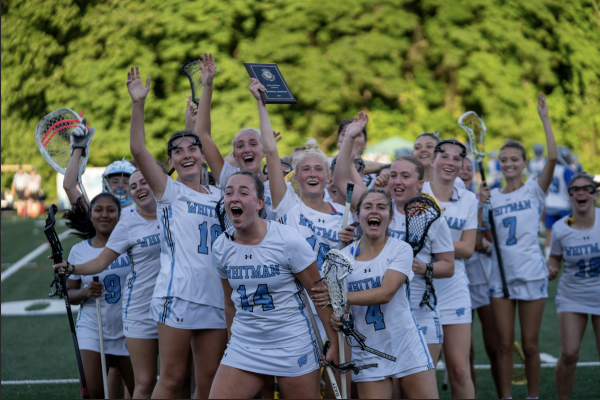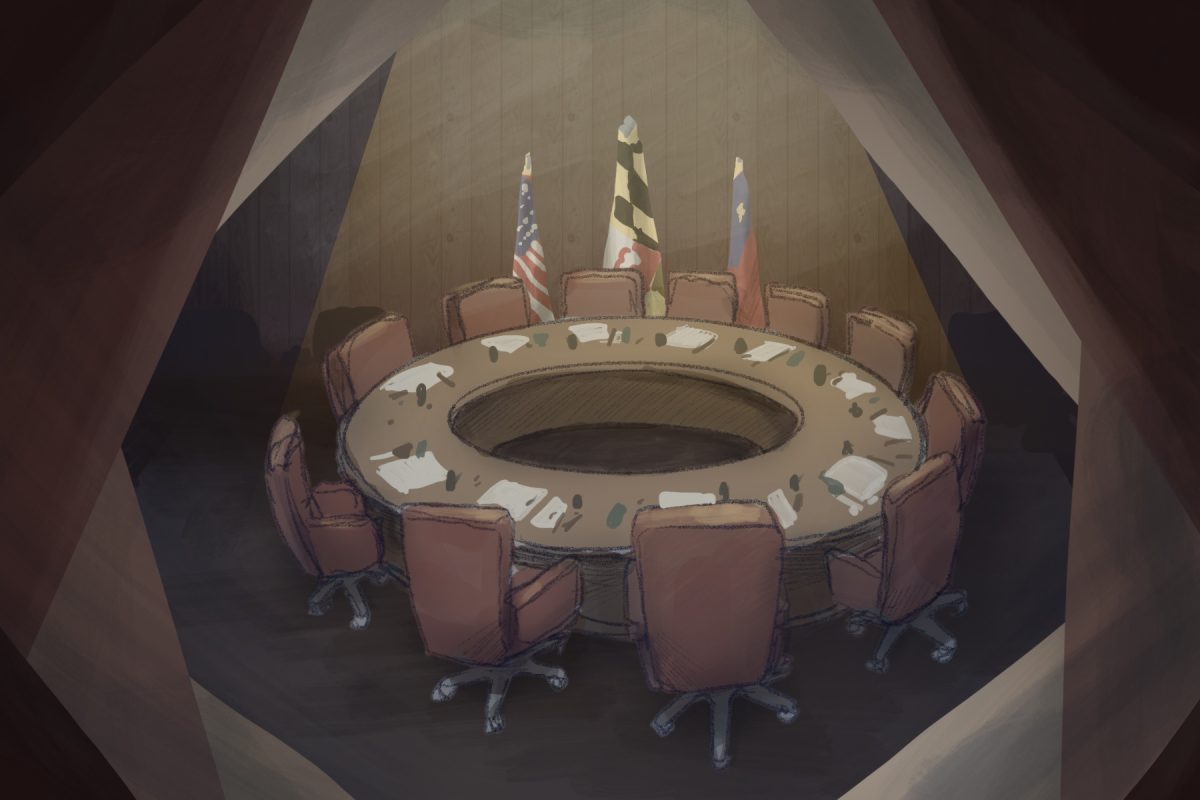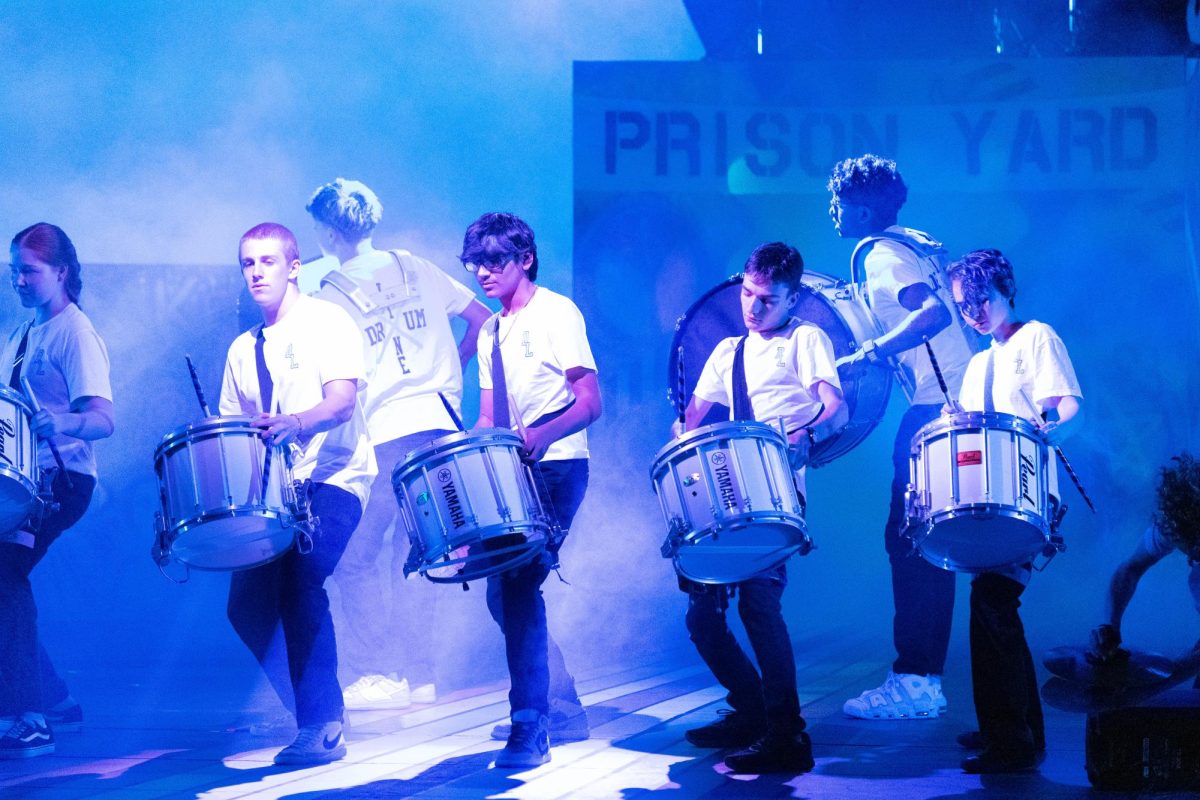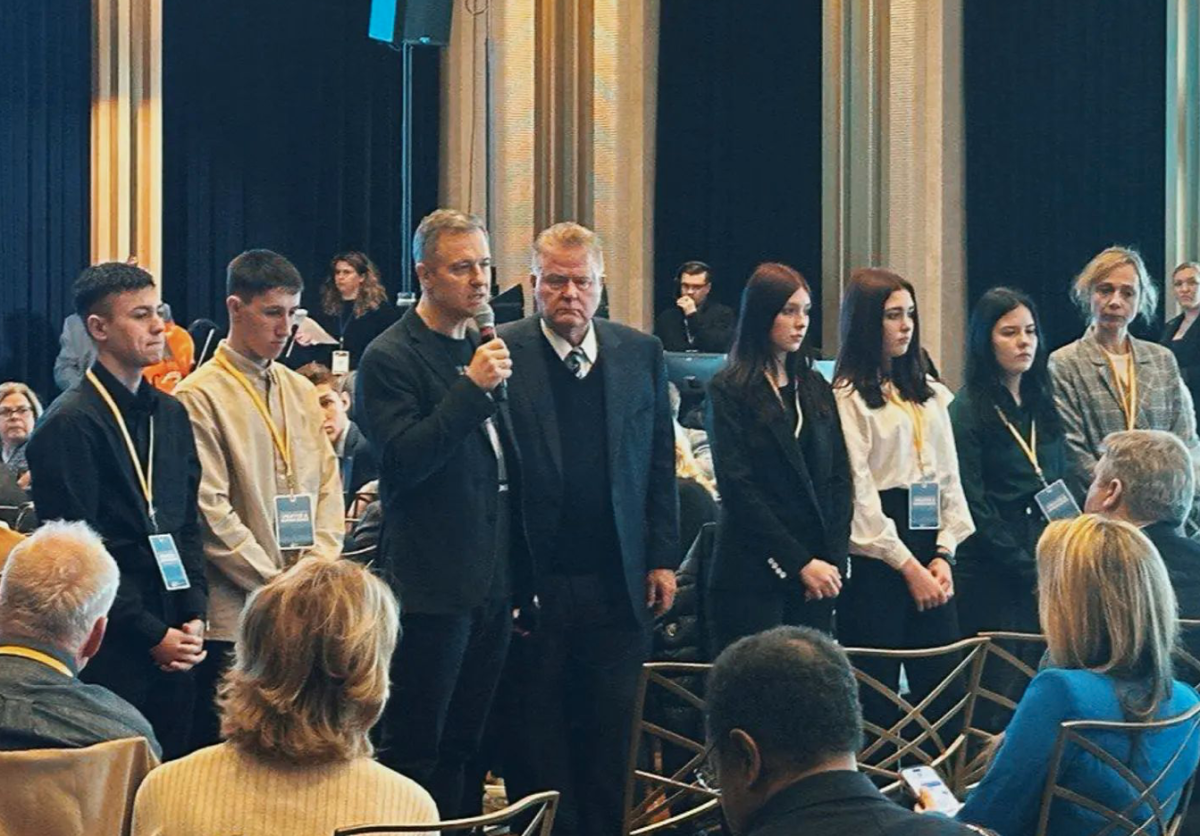“Where the Wild Things Are” does not, by any means, typify the one-dimensional, simple story that many would assume from the genre of children’s books. Rather than attempting to be “edgy” and “mainstream,” Spike Jonze’s film adaptation masterfully portrays the depth of human character and emotion responsible for Maurice Sendak’s book having a place on the nightstands of millions of kids since the ‘60s.
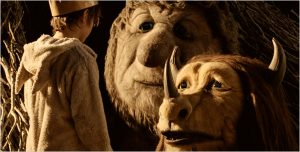
It’s no surprise that Jonze would extrapolate upon the not-so-wordy book, and as Sendak’s handpicked director, turn a classic children’s story into a complex film suitable for older, contemporary audiences, while holding true to the themes. Jonze’s portrayal of an imaginative nine-year-old’s pain and struggle could only come across as “boring” or “dark” to those too close-minded to relate to the emotions and thoughts of the protagonist: the infamous wolf suit-wearing Max.
To audience members willing to forgo the urge to constantly spew judgments and analyze every second of the film, it was no challenge to walk out of the theater inexplicably satisfied.
As a kid, I’ll admit the monsters scared me. A lot. But the reason I would read the book 10 times a week was because it was easy to get entangled in the story. I found myself closing the back cover of the book knowing exactly why Max felt the need to throw a temper tantrum, and exactly why the monsters ended up being much more similar to Max than he thought.
The complexities Sendak presents in the book are clearer under Jonze’s directing. In the book, although Max find the monsters less scary than he originally imagined, Sendak realistically implies that they’re not always friendly and super-nice. Jonze understood this, which is why the bulk of the movie personifies and characterizes the big furry beasts as often moody and bitter, but still friendly. For example, one of the main monsters, Carol, is often angry and destructive, but nevertheless bonds with Max.
Although some critics accuse the movie of triteness, it embellishes on the down-to-earth ideas in the story. The merit in the plot is due in part to the fact that it has origins in a relatable setting, even if that means a slightly clichéd family background.
In the final scene of the movie, when Max decides to leave the monsters and sail back home, it isn’t the happy ending that one would equate with an attempt at a family-film.
Again, just like the book, the movie wasn’t afraid to probe a little bit deeper into emotion.
And that’s why the movie really hit home for me. As I’m past the point in my life where I can draw a lot from a 30-page picture book, the movie truly made me feel like I was returning to my childhood, which in this case was a very good thing.
The highlight of the film was, without a doubt, newbie Max Records, who played the character of the same name. In an interview with both Records and Jonze, they said that in order to really scare Records to get onscreen fright, Jonze hired circus performers to perform frightening feats behind the camera, and used an earpiece to talk him through many of the scenes. In the end, Jonze’s valiant efforts effectively managed to extract a performance that presented the complexities of Max’s plight, while straying from the cut-and-dry stereotype of a children’s movie.




